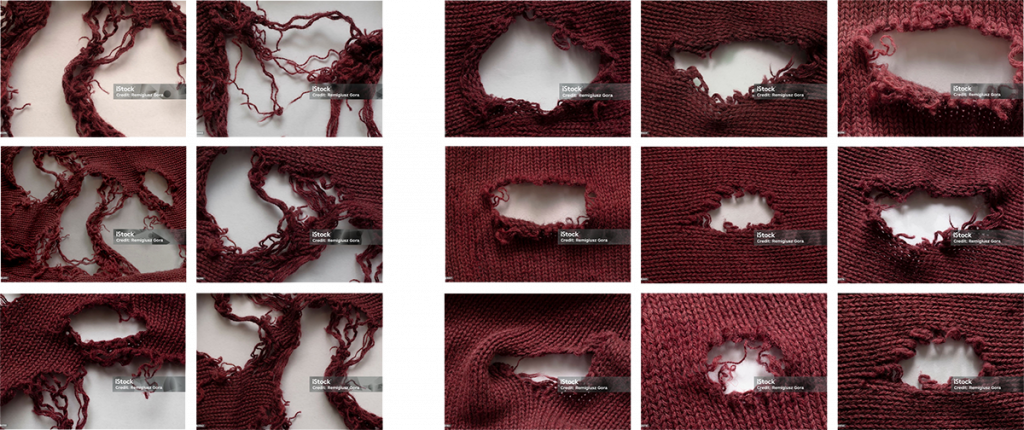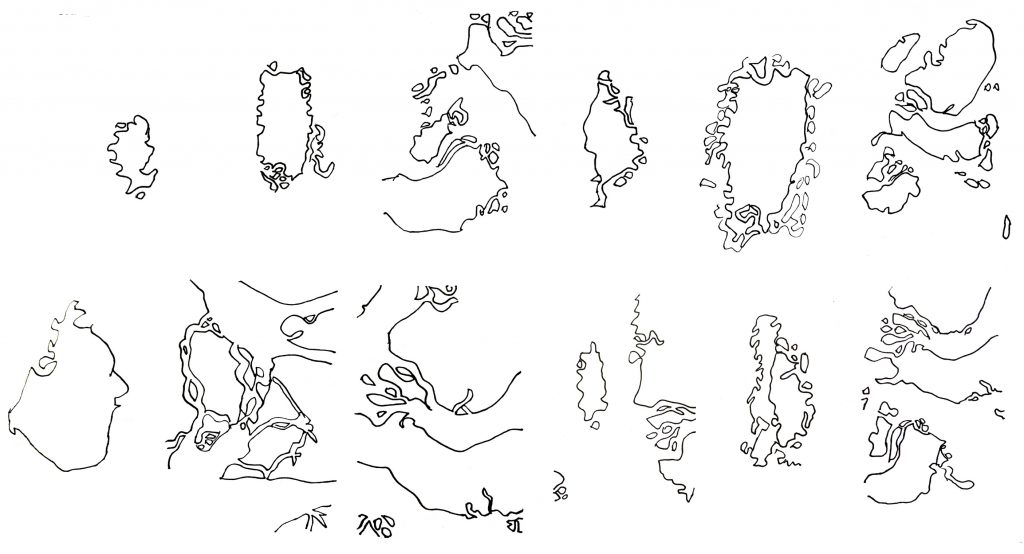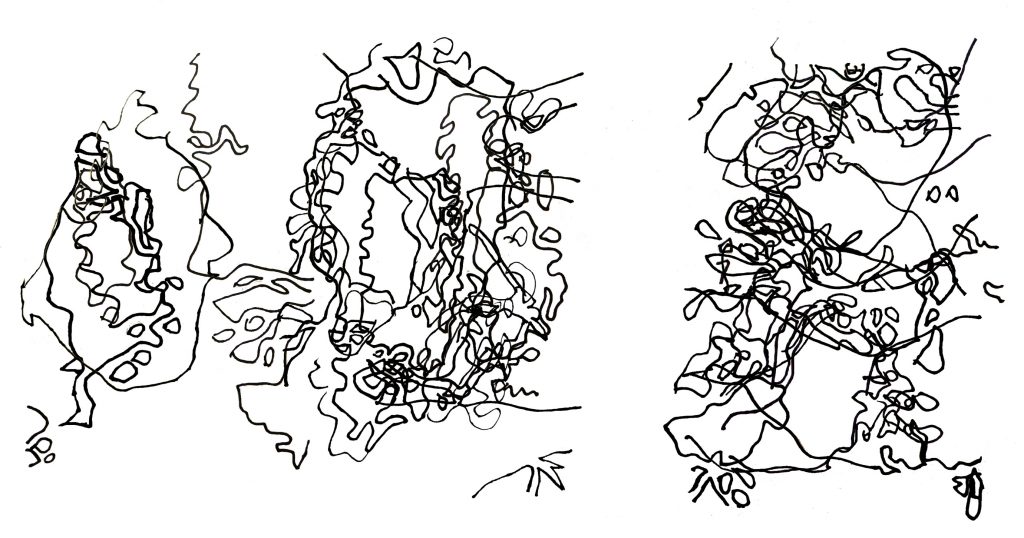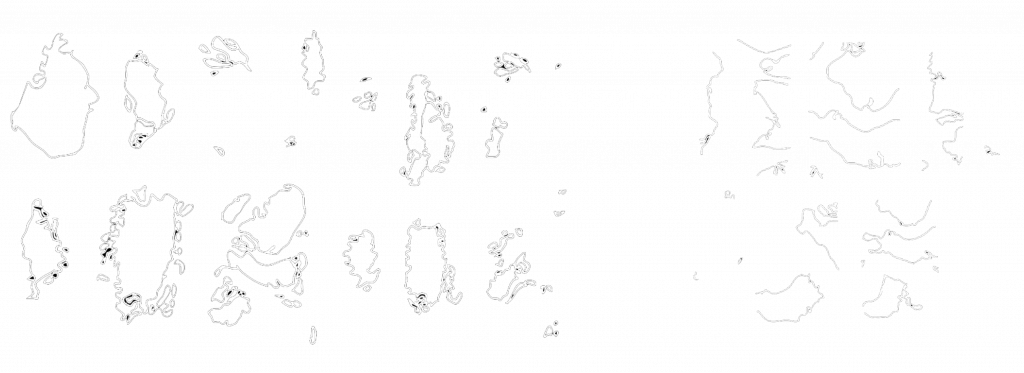methods of cataloguing
mending

iStockPhotos
“Old wool sweater with holes in”

Sorting the holes based on whether they can be fixed

Zooming in to make the holes abstract and not recognisable that they are holes

Mending techniques



Sorting lines based on whether the holes are closed or open

Closed holes that are mendable

Written response
In the “Preface” of The Order of Things, Michel Foucault illustrates that the nature of classification systems are unpredictable and culturally constructed. He speaks about the concept of “order” and how it is neither inherent or universal but rather shaped by underlying structures that determine how people of each era think and organise knowledge and that it evolves through breaks and transformations rather than a linear progress.
Unpredictable
Not inherent
Not universal
Non linear
Breaks
Transformations
Based on the content and point of view of this text, I chose an excerpt from the text and started off by randomly re-ordering the words from each sentence to demonstrate the idea of the unpredictable and non inherent. Then I worked further with this re-ordered text to visually create breaks and transformations in the texts through the use of space. Visually this categorised the words and grouped them together but in no predetermined or foreseen order. Finally, along with the rest of the points above, I showed Foucault’s idea that classification systems progress non-linearly over time, by creating the final catalogued written outcome demonstrated through video.
Michel Foucault, ‘Preface’, The Order of Things: An Archaeology of the Human Sciences, [1966] 1989
